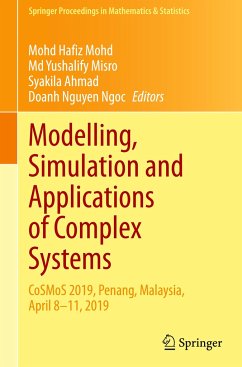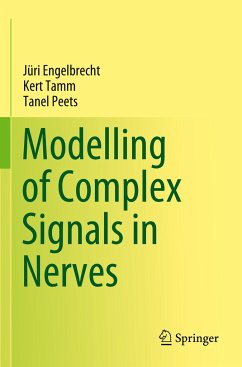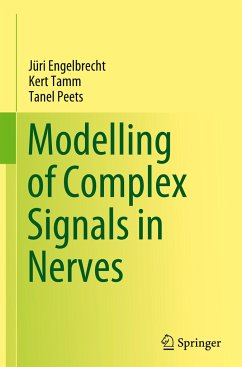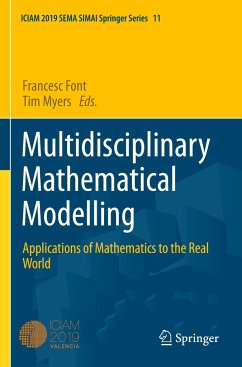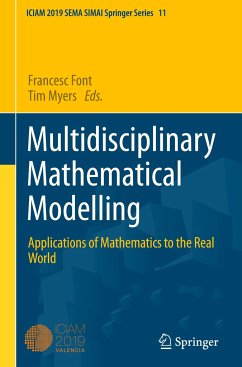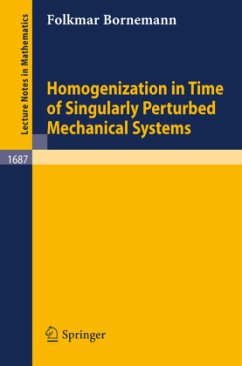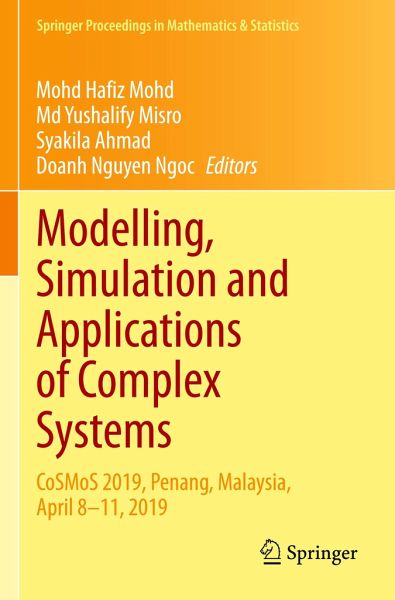
Modelling, Simulation and Applications of Complex Systems
CoSMoS 2019, Penang, Malaysia, April 8-11, 2019
Herausgegeben: Mohd, Mohd Hafiz; Misro, Md Yushalify; Ahmad, Syakila; Nguyen Ngoc, Doanh
Versandkostenfrei!
Versandfertig in 6-10 Tagen
113,99 €
inkl. MwSt.

PAYBACK Punkte
57 °P sammeln!
This book discusses the latest progresses and developments on complex systems research and intends to give an exposure to prospective readers about the theoretical and practical aspects of mathematical modelling, numerical simulation and agent-based modelling frameworks. The main purpose of this book is to emphasize a unified approach to complex systems analysis, which goes beyond to examine complicated phenomena of numerous real-life systems; this is done by investigating a huge number of components that interact with each other at different (microscopic and macroscopic) scales; new insights ...
This book discusses the latest progresses and developments on complex systems research and intends to give an exposure to prospective readers about the theoretical and practical aspects of mathematical modelling, numerical simulation and agent-based modelling frameworks. The main purpose of this book is to emphasize a unified approach to complex systems analysis, which goes beyond to examine complicated phenomena of numerous real-life systems; this is done by investigating a huge number of components that interact with each other at different (microscopic and macroscopic) scales; new insights and emergent collective behaviours can evolve from the interactions between individual components and also with their environments. These tools and concepts permit us to better understand the patterns of various real-life systems and help us to comprehend the mechanisms behind which distinct factors shaping some complex systems phenomena being influenced.
This book is published in conjunction with the International Workshop on Complex Systems Modelling & Simulation 2019 (CoSMoS 2019): IoT & Big Data Integration. This international event was held at the Universiti Sains Malaysia Main Campus, Penang, Malaysia, from 8 to 11 April 2019.
This book appeals to readers interested in complex systems research and other related areas such as mathematical modelling, numerical simulation and agent-based modelling frameworks.
This book is published in conjunction with the International Workshop on Complex Systems Modelling & Simulation 2019 (CoSMoS 2019): IoT & Big Data Integration. This international event was held at the Universiti Sains Malaysia Main Campus, Penang, Malaysia, from 8 to 11 April 2019.
This book appeals to readers interested in complex systems research and other related areas such as mathematical modelling, numerical simulation and agent-based modelling frameworks.





